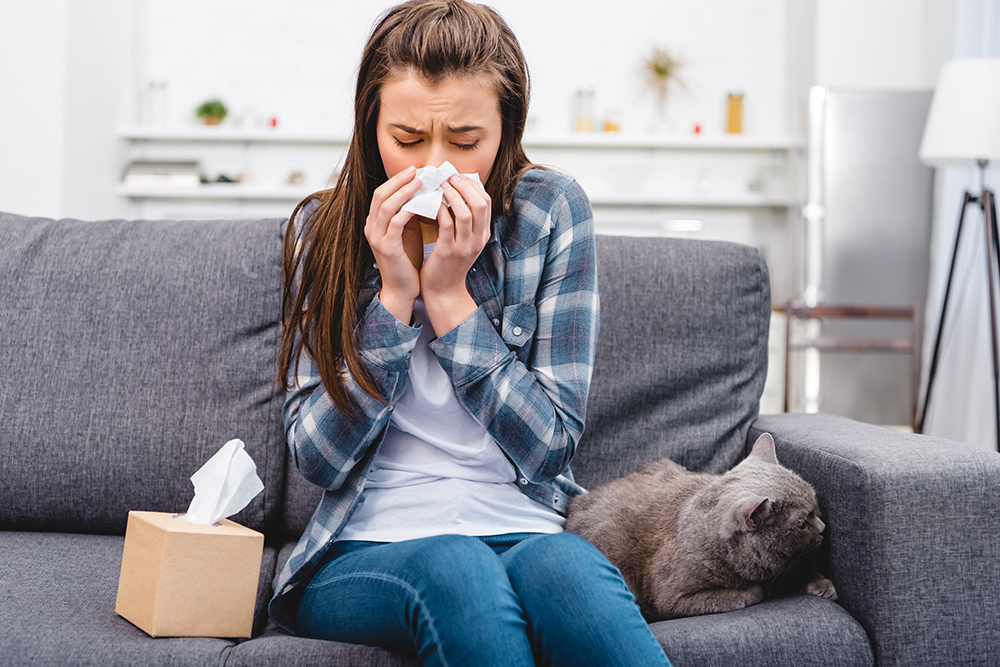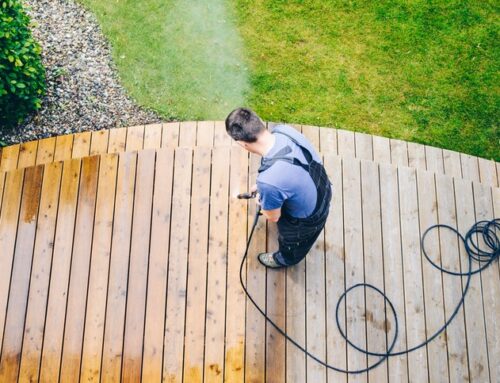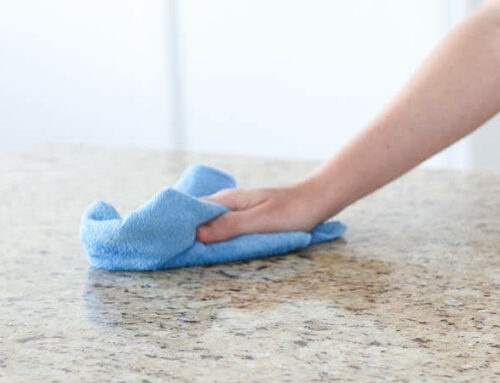If you are one of the millions of people who suffer from allergies, you know how difficult it can be to live everyday life.
Sneezing, coughing, and itchy eyes can make going to work or school a real challenge. And if your allergies are severe, you may have to take time off work or miss important events.
The good news is that there are things you can do to reduce the number of allergens in your home and improve your quality of life.
This blog post will discuss the top 10 tips for reducing allergens in your home.
What are allergens?
When most people think of allergies, they think of pollen, pet dander, or dust. But these are just a few substances that can trigger an allergic reaction.
Anything that the body perceives as foreign can cause an allergic reaction.
Allergens are substances that trigger an immune response in the body.
The body produces antibodies to defend against the allergen, and this can cause a variety of allergy symptoms such as:
- Sneezing
- Coughing
- Itchy eyes
- Runny nose
- Difficulty breathing
Some people are allergic to multiple substances, while others may only be allergic to one. They can range from mild to severe, and in some cases, they can be life-threatening.
If you suspect that you have an allergy, it is essential to see a doctor so that you can receive treatment and avoid exposure to the allergen.
What are common indoor allergens?
Many common indoor allergens can trigger an allergic reaction. Some of the most common include:
Pollen
For many people, the arrival of spring means the beginning of allergy season. And one of the most common triggers for allergies is pollen.
Pollen is a powdery substance released by plants as part of their reproductive process. The wind or insects can transport it, and it can enter the home through open doors, windows, or clothing.
Once inside, it can cause allergic reactions ranging from mild discomfort to severe bouts of sneezing and wheezing.
To help reduce your exposure to pollen, try to stay indoors on days when the pollen count is high. If you must go outside, wear a dust mask and avoid areas with many plants. You should also change your clothes and shower as soon as you come inside to remove any pollen clinging to your skin or hair.
Mold
Mold growth in homes is often the result of high humidity or water leaks. Mold spores are found in the air and can enter your home through open doors, windows, or vents.
Once they are inside, they can begin to grow and multiply. Mold can cause various health problems, including allergic reactions, respiratory problems, and skin irritation.
Try to keep the indoor humidity below 60%. It would be best if you also repaired any leaks and dry wet areas as soon as possible.
In addition, you should regularly clean areas where mold is likely to grow, such as the bathroom and kitchen.
Dust mites
Dust mites are tiny creatures that thrive in warm, humid environments. They are often found in bedding, upholstered furniture, and carpets.
They feed on dead skin cells, and their feces can trigger allergies in some people. Dust mites are too small to be seen with the naked eye, but they can cause a lot of misery for those allergic to them.
In fact, dust mite allergens are some of the most common triggers for asthma and other respiratory problems.
You can control dust mites by regularly washing bedding and upholstered furniture in hot water. You should also vacuum carpets and upholstered furniture regularly.
Pet Dander
Pet or animal dander is a common indoor allergen. It is made up of tiny flakes of skin shed by animals.
Dander can be found on the fur or feathers of animals and can also be present in their saliva and urine.
When an animal licks itself, the dander can become airborne and inhaled by people. This can trigger an allergic reaction in people who are sensitive to it.
The best way to reduce exposure to pet dander is to keep animals out of the home. If that is not possible, you should try to keep them out of bedrooms and other areas where people spend a lot of time.
You should also vacuum regularly and dust with a damp cloth to reduce the amount of dander in the air.
10 Tips To Reduce and Control Indoor Allergens
While outdoor allergens are a problem, indoor allergens can be just as troublesome. Here are ten tips to reduce and control indoor allergens:
1. Invest in a HEPA Filter
A High-Efficiency Particulate Air (HEPA)air filter can help reduce the number of allergens in your home.
These filters are designed to remove 99.97% of particles that are 0.03 microns in size from the air.
While HEPA filters are not cheap, they are worth the investment if you suffer from allergies. They can improve indoor air quality and reduce allergens that trigger your allergies.
You can find HEPA filters for your furnace, air conditioner, and even vacuum cleaner.
If you have pets, look for a filter to remove animal allergens from the air.
2. Use Air Conditioning During Summer or Spring
Humidity can cause mold and dust mites to thrive.
Air conditioners can help reduce the humidity in your home and make it less hospitable for allergens.
If you don’t have air conditioning, you can use a dehumidifier to reduce the humidity in your home.
You should also ventilate your home as much as possible to reduce the build-up of allergens.
Open doors and windows when the weather is nice to let fresh air into your home. Also, use fans to circulate the air in your home, especially if you have central air conditioning.
Ceiling fans can also help reduce allergens by circulating the air in your home.
Just be sure to clean the blades of your ceiling fan regularly to prevent the build-up of dust.
3. Declutter Your Home
Clutter provides a perfect place for dust mites and other allergens to hide.
By decluttering your home, you can reduce the number of places where allergens can hide as they tend to trap dust.
Donate or sell items that you no longer need or use. Also, get rid of any items that are collecting dust. This includes stuffed animals, books, and knick-knacks.
You should also declutter your closet and remove clothes you no longer wear.
Don’t forget to declutter under your bed. This is a common place for dust mites to hide.
4. Keep Your Home Clean
For many people, allergies are a fact of life.
Seasonal allergies can make it difficult to enjoy the outdoors, and pet allergies can limit your ability to spend time with friends and family members who have pets.
One way to reduce the number of allergens in your environment is to keep your home clean. Regular vacuuming and dusting can help to remove allergens from surfaces, and mopping can help to remove them from floors.
In addition, regular cleaning can help to prevent the growth of mold and mildew, which can also trigger allergy symptoms.
If you don’t have time to clean your home, a professional cleaning company like Mill City Cleaning can help.
We use eco-friendly cleaning products and offer different cleaning services to fit your needs.
5. Use Allergy-Proof Bedding
Reducing indoor allergens doesn’t stop with cleaning. You also must be mindful of the materials you bring into your home.
Allergy-proof bedding is essential to keeping your bedroom clean and free of allergens.
Dust mites are one of the most common causes of indoor allergies. They thrive in mattresses, pillows, and other soft furnishings. Allergy-proof bedding is designed to inhibit the growth of dust mites and other allergens.
The fabric is usually made of tightly woven synthetic fibers that dust mites cannot penetrate. It is also treated with a chemical that kills them on contact.
You should also wash all of your bedding in hot water once a week to further reduce the population of dust mites in your bedroom. These simple steps will go a long way toward lowering indoor allergies.
Final Thoughts
Indoor allergies can make it difficult to enjoy your home. You can minimize your symptoms and enjoy your time at home by taking some simple steps to reduce the allergens in your environment.
What are some of the things you do to reduce indoor allergens? Share your tips in the comments below!





